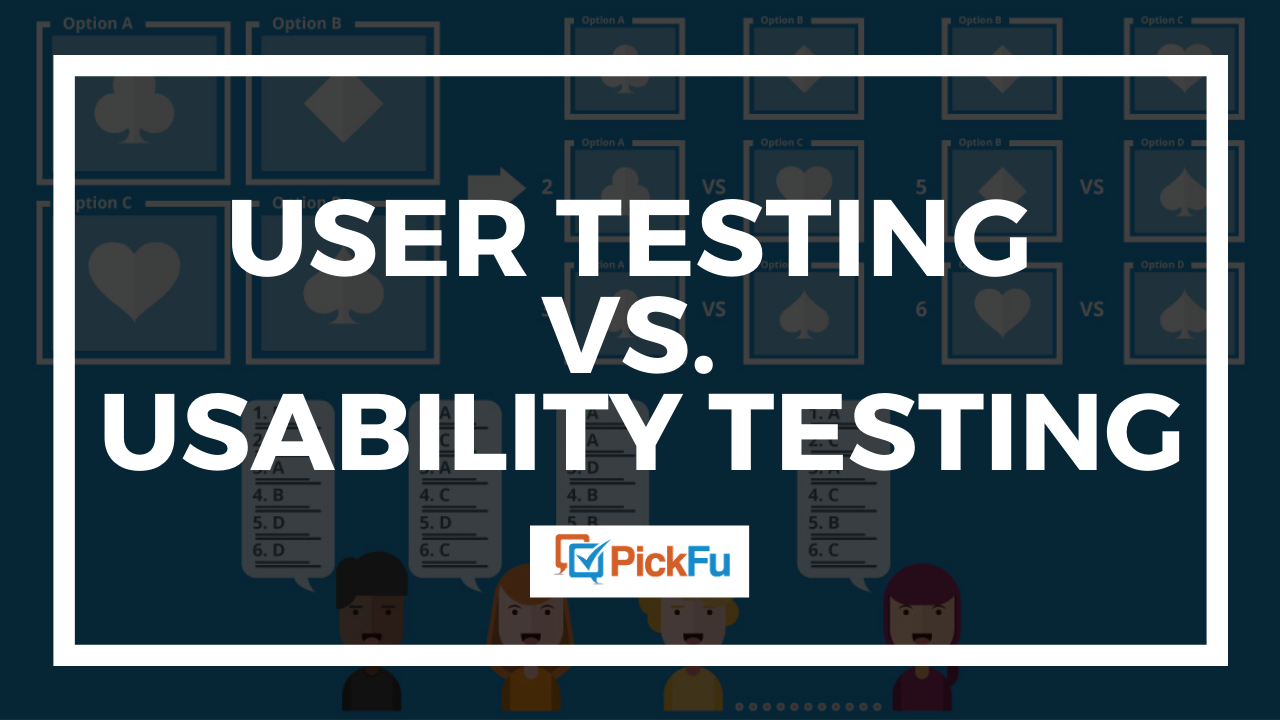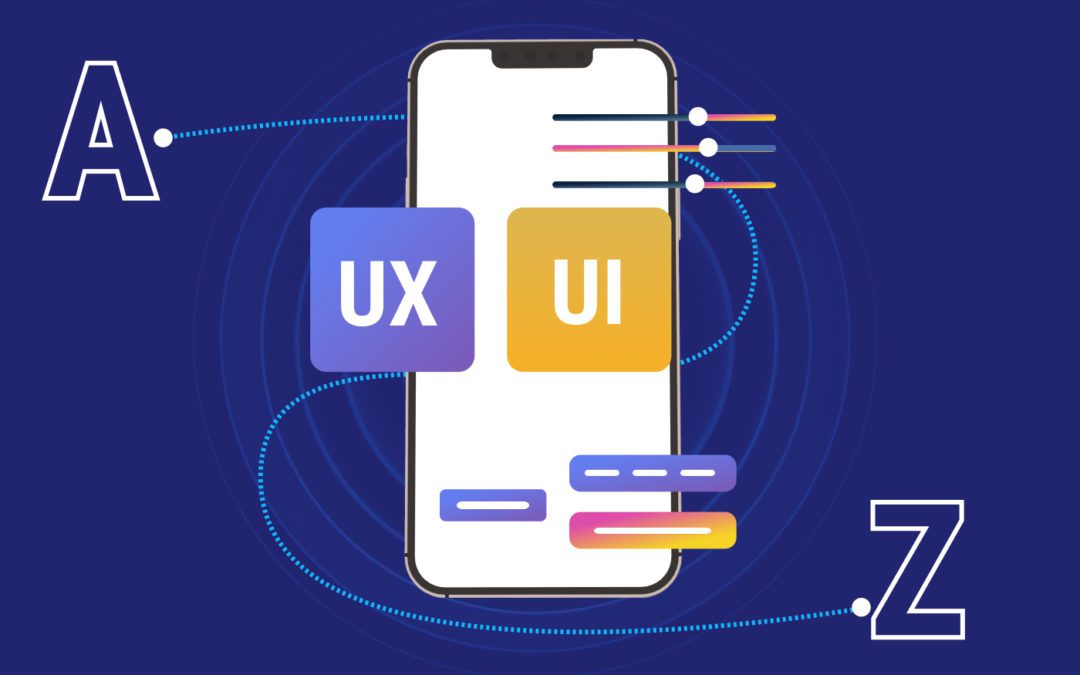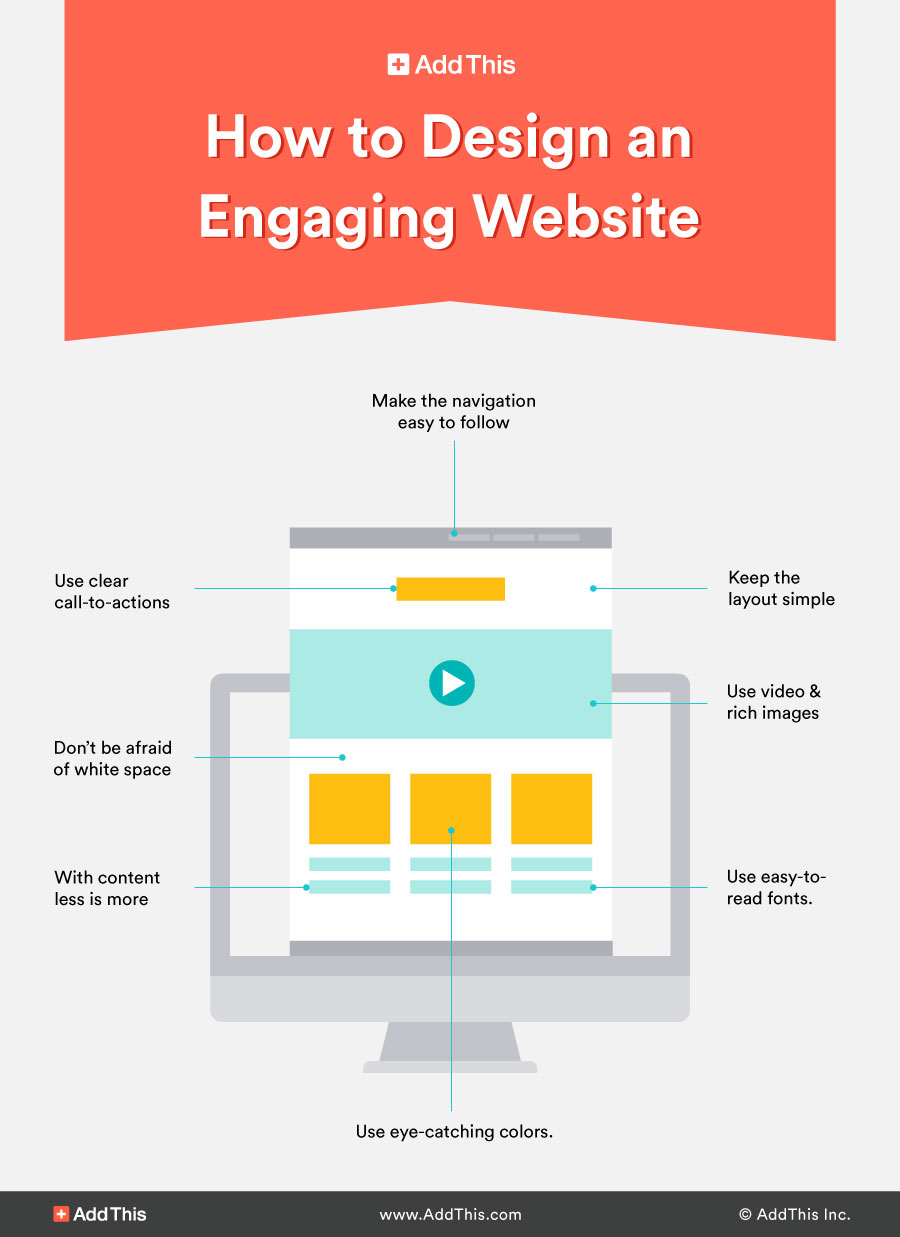
Progressive enhancement refers to a browser tech that emphasizes the importance and functionality of web content. This makes sure that everyone can access the basic content and functionality of a website. The enhanced versions will then be available to users who are able to use faster Internet access and other browser features. If you're new to progressive enhancement, here are some things you should know. Read on to find out what it is and how it is different from other browsers.
CSS3 progressive enhancement
CSS3 is a mobile-friendly CSS3 that can be used to design your website. The obvious example of this is rounded corners. If your browser doesn't support rounded corner, these corners will not be square. CSS3 allows you text shadows on your site, provided that the browser supports them. Learn how progressive enhancement can improve your site's performance.

JavaScript
In order to integrate progressive enhancement into your web application, you need to make sure that you manage scripts properly. JavaScript, an unobtrusive language that tests for elements and objects on the client, is the basis for this. It allows users to interact with each other as they wish. This section explains some of the characteristics of progressive enhancement. This article gives an introduction to progressive enhancement using JavaScript. This article focuses on the advantages of using this programming language in web applications.
Service workers
Service workers not only deliver offline capabilities but also speed up websites' loading times. They manage notifications and intercept network requests. They also allow for background synchronization, geofencing, and other functionality. These workers offer many benefits and mobile development will continue to expand. These are just a few examples. To learn more about service workers and their implementation, you can watch a tutorial. Below are some of these benefits.
Opposition to progressive enhancement
Progressive enhancement advocates state that the approach starts with a basic level of usable functionality. Then, it builds on that foundation until the user experiences is at its best. Progressive enhancement ultimately builds on this base level by testing user acceptance of the enhancements before applying them. The approach is opposed by those who claim it is discriminatory and harmful to society. Both sides of the argument are flawed. Let's take a look at each.

Test-Driven progressive enhancement
Progressive enhancement, a web development technique, adds a layer HTML or JavaScript that enhances HTML. This technique is designed to give the best viewing experience on all browsers and is especially useful for mobile devices as well as other less advanced devices. However, progressive enhancement can cause messy marking up, where elements are presented in a different way to the content. Here are some tips to implement progressive enhancement into your applications.
FAQ
Can I use a Template or Framework on My Website?
Yes! Many people use pre-built templates or frameworks when creating a website. These templates have all the code you need to display your information on your website.
These templates are the most in-demand:
WordPress - one of the most popular CMSes
Joomla - Joomla! - another open source CMS
Drupal - An enterprise-level solution for large companies
Expression Engine is a Yahoo CMS that allows you to create custom CMS sites.
Each platform offers hundreds of templates. Finding the right template should be simple.
How to design a website?
It is important to first understand your customers and what your website should do for them. What do your customers want from you when they visit your website?
What kind of problems can they have if they cannot find what they want on your site?
Once you know this, you must figure out how to solve those problems. Also, you need to ensure that your website looks professional. It should be easy to use and navigate.
It is important to have a professional-looking website. You should ensure that your site loads quickly. People won't stay as long if it takes too long to load. They will move on to something else.
If you want to create an eCommerce site, think about where all of your products are located. Do they all reside in one spot? Are they scattered about your site?
It's important to decide if you want to sell just one product or multiple products. Do you want to sell just one type of product or multiple kinds?
Once you have answered these questions, you can begin building your site.
Now it is time for you to concentrate on the technical aspect of things. How will you site function? Will it run fast enough? Can they access it quickly via their computers?
Will they be able buy anything without having pay an extra fee? Are they required to register before they can buy anything?
These are vital questions you need to ask. You'll be able to move forward once you have the answers to these important questions.
What is responsive web design?
Responsive Web Design (RWD), is an approach to designing responsive websites. Content will display correctly on all devices, such as smartphones, tablets, laptops, tablets, and desktop computers. This allows visitors to view the website on one device and access other features like buttons, navigation menus, etc. RWD is designed to ensure that a user can view a site on any size screen.
A website that sells primarily through eCommerce would be an example of this. You want your customers to be able to purchase products from your store, even if they are viewing it on a phone.
A responsive site will adapt to the device used to view it. The site will display exactly the same way on a laptop as if it were viewed on a desktop computer. But, the page will appear differently if you view it on your phone.
This means that you can create a single website that looks great on every type of device.
How To Make A Static Web Site
Two options are available when you create your first static web site.
-
A Content Management System (also known as WordPress): WordPress: Download this software and install it to your computer. It can be used to create a website.
-
How to Create a Static HTML Website. In this instance, you will need to write your HTML/CSS codes. If you are familiar with HTML, it's easy to do.
Consider hiring an expert to build your large website.
Start with option 2.
Web development is hard?
Web Development is not easy, but if you have a passion for coding, there are many online resources that can help you learn how to code.
All you have to do is find the right tools and then follow them step-by-step.
YouTube and other platforms have many tutorials. Online software like Sublime Text and Notepad++ is also available for free.
Books are also available in libraries and bookstores. Here are some of the most popular:
O'Reilly Media presents "Head first HTML & CSS".
O'Reilly Media's Head First PHP & MySQL 5th edition
Packt Publishing presents "PHP Programming: Absolute Beginners".
I hope this article was helpful.
Where Can I Find Freelance Web Developers?
Freelance web designers and developers are available in many locations. These are the top options:
Freelance websites
These websites offer job listings for freelancers. Some require you to do specific work, while others are open to all types of work.
Elance, for instance, has high-quality job opportunities for programmers, writers, translators, editors and project managers.
oDesk has similar features, but they focus on software development. They have job opportunities in PHP. Perl. Java. C++. Python. JavaScript. Ruby. Android. And.NET developers.
Another option is to visit oWOW. Their website focuses on web and graphic designers. They also offer video editing services such as writing, programming SEO and social media management.
Online Forums
Many forums offer members the opportunity to advertise themselves and post jobs. DeviantArt, a forum for web designers, is one example. A list of threads will appear if you type "web developer” in the search box.
How much do web developers make?
A website is a project you can work on for your own money. You'll likely make $60-$80 an hr. However, if you wish to charge more, you can become an independent contractor. A typical hourly rate for a freelancer could be between $150 and $200.
Statistics
- Studies show that 77% of satisfied customers will recommend your business or service to a friend after having a positive experience. (wix.com)
- Did you know videos can boost organic search traffic to your website by 157%? (wix.com)
- When choosing your website color scheme, a general rule is to limit yourself to three shades: one primary color (60% of the mix), one secondary color (30%), and one accent color (10%). (wix.com)
- The average website user will read about 20% of the text on any given page, so it's crucial to entice them with an appropriate vibe. (websitebuilderexpert.com)
- At this point, it's important to note that just because a web trend is current, it doesn't mean it's necessarily right for you.48% of people cite design as the most important factor of a website, (websitebuilderexpert.com)
External Links
How To
How do I get started as a UI Designer?
Two methods can be used to become a UI developer:
-
You can complete school to earn a degree for UI Design.
-
You can start freelance.
If you want to go through school, you'll need to attend college or university and complete four years of study. This includes business, psychology and computer science.
You can also take classes at community colleges or state universities. Some schools offer free programs; others charge tuition fees.
After graduation, you will need to find employment. You must establish a client base if you want to work for yourself. It is vital to build a network of professionals so they are aware that you exist.
There are many opportunities to intern for companies that specialize on developing web applications. Many companies employ interns to gain practical experience before hiring full time employees.
It will be easier to land more jobs once you have a portfolio of your work. Your portfolio should contain your work samples and details of the projects you worked on.
It is a good idea for potential employers to receive your portfolio via email.
Freelancers need to promote themselves. You can also advertise your services via job boards like Guru, Indeed, Guru, Upwork, and Freelance.
Many recruiters post job openings online and assign freelancers. These recruiters search for qualified candidates to fill positions within specific industries.
These recruiters will typically give the candidate a project brief that outlines the position's requirements.
While freelancers aren't required to sign contracts for a long time, they can still be paid. If you want to move ahead, it's best to negotiate an initial payment.
Many designers prefer to work directly with clients rather than through agencies. While this may seem ideal, many people lack the necessary skills.
Agency workers have a deep understanding of the industry in which they are working. They have access to resources and training that enable them to produce high quality work.
Agency workers often receive higher hourly rates in addition to these benefits.
One downside to working through an agency is the inability to have direct contact at work with the employer.
As a UI designer you need to be motivated, creative, flexible, detail-oriented and communicative.
You must also possess excellent verbal and written communication skills.
UI designers are responsible for designing websites by creating user interfaces (UI) and visual elements.
They are also responsible for ensuring that the site meets the needs of its users.
This involves understanding what information visitors need and how the site should function.
Wireframes are created by UI designers using a variety of tools. They use wireframing to help them visualize the layout of a webpage before they start designing.
There are many wireframe templates available online. Anyone can create their own wireframes.
Some designers focus solely on UI design, while others combine UI design with graphic design.
Photoshop is used by graphic designers to edit images.
Then, they use Adobe InDesign for layout and page design.
Photographers capture images using digital cameras or DSLRs.
They then upload the pictures to a photo editing program where they add text captions, filters, and other effects.
Afterward, the photographer saves the image in a file format compatible with the website.
It is important that you consider all aspects of web design when creating a website.
This includes research, planning, wireframing, prototyping, testing, coding, content creation, and publishing.
Research - Before you start a new project, it's important to do thorough research.
Planning - Once your research is complete, you can begin to create a plan.
Wireframing - A wireframe is a preliminary sketch of a web page or application.
Prototyping – Prototypes are used to verify that the final product is consistent with the original vision.
Testing - To ensure that the prototype works correctly, it should be subject to multiple rounds of testing.
Coding - Coding refers to the process of writing computer code.
Content Creation - This includes everything from managing social media accounts to writing copy.
Publishing is the act of uploading files and making sure that the site can be accessed.
You'll need to be able to understand the different projects you work on as a freelance UX/UI Designer.
Some companies require only wire frames, others require complete prototypes.
Depending on which type of project you accept you might be asked to do specific tasks.
If you are hired to create wireframes for a company, you may be expected to produce several wireframes each time.
If you're hired to create a complete prototype, you may be required to develop a fully functional version of the site.
It doesn't really matter what project you're working on, good interpersonal skills are vital.
Since most clients hire freelancers based on referrals, you must build solid relationships with potential employers.
Additionally, communication skills are essential.
A portfolio is an important part of any freelancer's arsenal.
It is a showcase of your work and a demonstration of your ability produce high-quality outputs.
You can do it online with a professional portfolio.
It is a good idea to look for websites that are similar to yours to get you started.
You can then search these websites to find out which one offers its services.
Once you've identified the best practices, it is time to start implementing them.
It is also a good idea to include links in your resume to your portfolio.